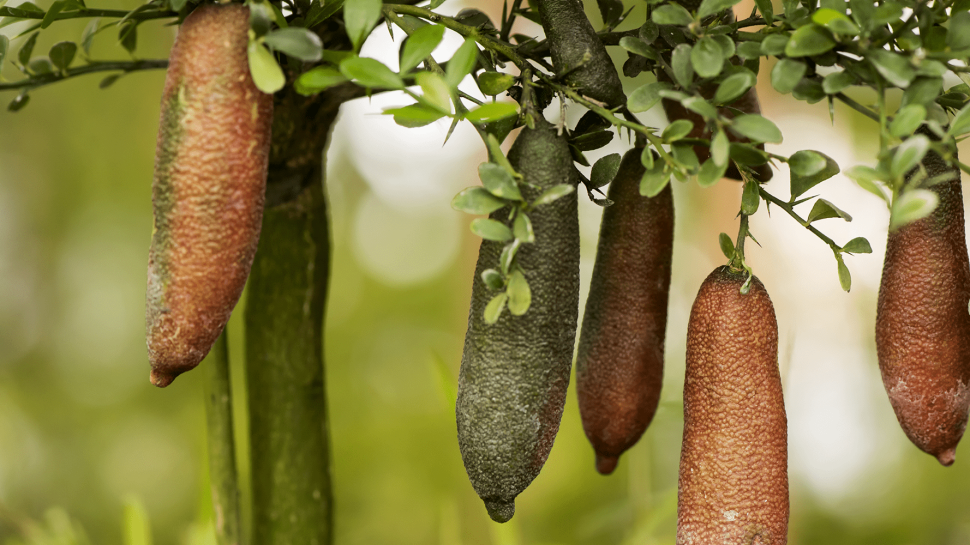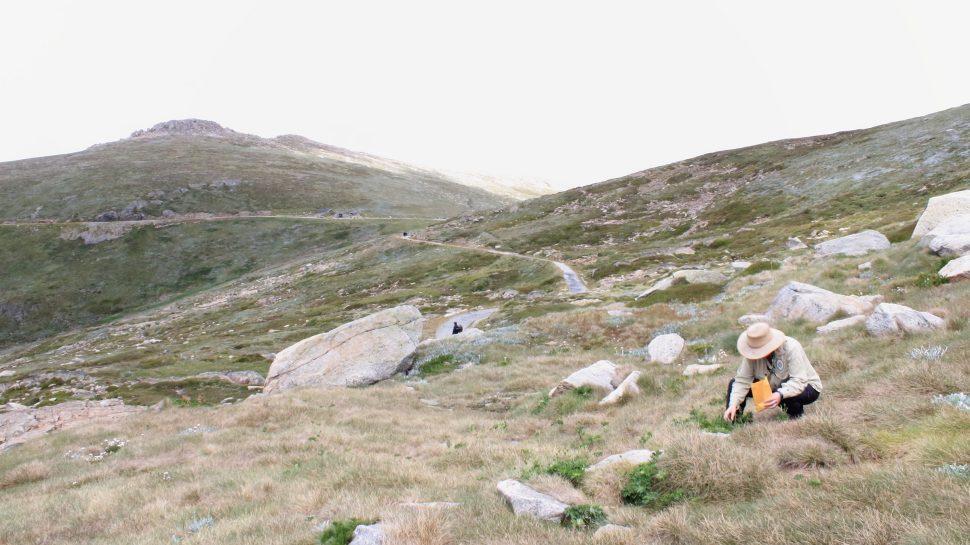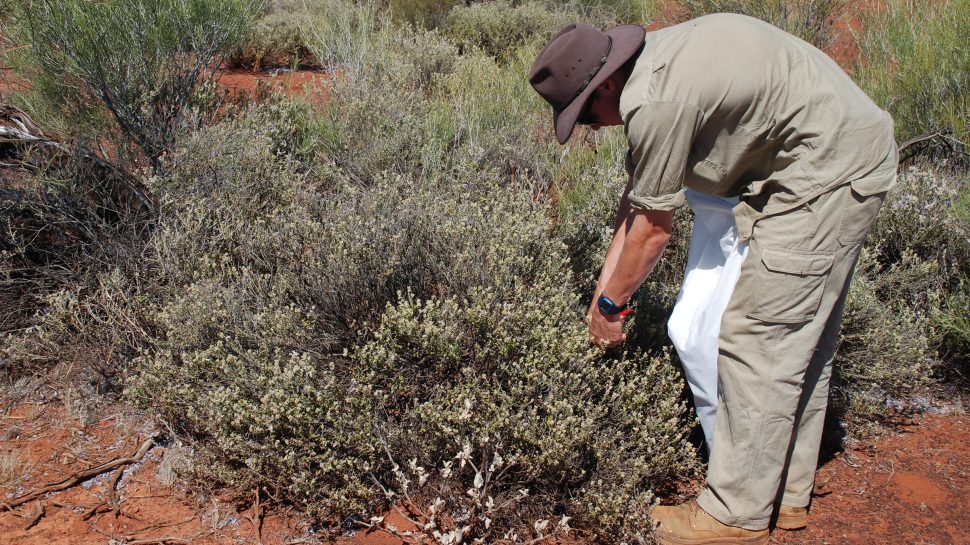Humans rely on plant diversity for fresh air and water, food security, shelter and medicines, as well as a clean and healthy environment capable of adapting to climate change and other serious threats. Seed conservation provides a way to maintain the genetic diversity of native flora, so that it is available for future generations.
Understanding the biology and ecology of seeds is a critical aspect of plant conversation. The ability to document and photograph seeds helps scientists to better understand the vast diversity of seed traits across the various flora species found in Australia, including how they disperse throughout the environment. These traits, combined with other biological and ecological information, inform conservation efforts and approaches to the management of ecosystems.
This is why the practice of seed banking in Australia, delivered by individuals, community groups, non-government and government organisations, including the Australian Seed Banking Partnership, is vital. Seed banking involves the collection, storage and sustainable use of seeds for plant conservation, as well as associated research. It includes both long-term seed storage (conservation seed banking) and shorter storage of quantities of seed to supply restoration projects (restoration seed banking).
To recognise the importance of this work, the Seed Banking Australia stamp issue is being released on 8 October 2019. The stamps, designed by Sonia Young of the Australia Post Design Studio, present seeds of three native plant species: Rytidosperma clelandii (a rare, perennial grass from South Australia), Epacris petrophila (a near-threatened alpine shrub from the Australian Alps and high-altitude areas in Victoria and Tasmania) and Petrophile latericola (an endangered shrub from Western Australia).
The Australian Seed Bank Partnership draws on the expertise of Australia’s leading botanic gardens, herbaria, state environment agencies and academic institutions, as well as non-government organisations. Its work focuses on securing Australian flora in ex-situ seed collections; enhancing the understanding of seed biology to improve conservation and restoration outcomes; and training and building capacity in Australia for seed science and banking. The ultimate goal is to ensure the survival of Australia’s native plants under present and changing climate and other threats to biodiversity.
Damian Wrigley is the National Coordinator of the Australian Seed Bank Partnership and coordinated input from across the Partnership to assist the philatelic researcher who developed the stamp issue. Since 2017, Damian has been Australia’s national contact for the Global Strategy for Plant Conservation, liaising with the international botanical and plant conservation communities to support and raise awareness of the importance of plant conservation. He has more than 10 years’ experience in biodiversity conservation policy and environmental science with Commonwealth and state government agencies.
We spoke to Damian about the importance of seed banking, including some current research projects.
“Seeds are fundamental to the survival of many native flora and fauna species. The seeds represented on the stamps give just a hint of the diversity of seeds of Australian plants and suggests the various means that plants have evolved to spread their seeds around the country. Short bristly hairs, as shown on the Rytidosperma suggest transport in fur or feathers of animals. The ‘shuttlecock’ seeds of Petrophile suggest wind-dispersal, and the tiny seeds of Epacris petrophila suggest movement by wind or water, mixed with grains of soil, or in mud sticking to the feet of birds that frequent the often boggy habitat of the species,” says Damian.
Establishing quality seed collections is an important aspect of the Australian Seed Bank Partnership’s program. The collection techniques used depend very much on the particular species, ranging from collecting whole fruit, or clusters of fruit, to stripping entire seed heads and shaking branches. Maintaining the correct moisture levels is vital to avoid deterioration and mould. Once the seeds are dried, they must be stored, with high-quality glass containers and tri-laminate foil bags common methods. Seeds must also be stored under controlled temperature and moisture conditions to remain viable over the longer-term.
“Building ex-situ seed collections provides a resource for future use and an insurance policy for Australia’s native plants and forests against threats such as myrtle rust and cinnamon fungus. They also require specific temperature, light, moisture and sometimes other cues to germinate. If a seed does not germinate under particular conditions, it may either be dead or dormant,” says Damian.
“Dormancy ensures that seeds germinate under favourable climatic conditions, such as sufficient rainfall, to keep small seedlings alive. In the wild, seed dormancy is usually broken by seasonal weather patterns, climatic extremes such as bushfires or floods, or scarification. One challenge for our Partnership is the unknown dormancy or complex dormancy cues of many plant species. Without an understanding of germination requirements, a seed collection is worthless.”
Damian says that understanding what cues break seed dormancy in the wild will allow researchers to replicate the required conditions in the laboratory. Seed collections can then be used as a long-term conservation tool.
One key challenge in seed banking is how to preserve rare seeds while not also depleting their existence in the wild.
“With rare species, we usually wouldn’t collect more than 10 to 20 per cent of the available seed in the wild. Further, these species may occur in remote or difficult-to-access sites and/or may not reliably produce seeds every season. So, collection of some target species often involves two or more visits to ensure a useful collection during a productive season,” says Damian.
As an additional challenge, some seeds cannot be stored under standard seed banking conditions, which involve drying (desiccating) the seed.
“Many tropical species, for example, cannot tolerate the desiccation required for long-term storage, and will not germinate after being banked. These species are described as recalcitrant, and include many of Australia’s vulnerable rainforest plants,” says Damian.
Specific challenges also arise for each state and territory seed bank, based on a wide range of factors. “For instance, Myrtle Rust (Austropuccinia psidii) is an exotic fungal disease that affects plants in the family Myrtaceae. This is of particular concern in Queensland, New South Wales and Victoria. Should the fungus spread to WA it could be devastating for native species in the state, particularly in the internationally recognised biodiversity hotspot in south-west Western Australia,” explains Damian.
“Every state and territory except the Northern Territory is susceptible to the introduced plant pathogen Phytopthora cinnamomi, a water mould that poses a significant threat to native species throughout Australia, in particular those in the Proteacea and Myrtacea families. The impacts of P. cinnamomi include a range of symptoms that will ultimately result in death of individual trees and can include entire stands of otherwise healthy trees.”
“Across the top end, Gamba Grass (Andropogon gayanus), an introduced species, has been recognised as a weed of national significance. Gamba Grass can invade undisturbed savanna ecosystems resulting in the replacement of native grasses. Gamba Grass produces more biomass (plant material) than native species that can result in more high-intensity fires. These fires can impact on canopy trees resulting in reduced canopy cover. Gamba Grass can also use significant volumes of ground water, substantially altering ecosystem functions and structure.”
Climate change has implications for seed banking across all states and territories, including Australia’s external territories.
“Changing weather patterns and an increase in occurrence and severity of extreme weather events pose a threat to the ability of native species to maintain functioning populations. Many native plant species will be unable to adapt to a rapidly changing climate and so ex situ seed conservation provides a valuable insurance against species loss through opportunities for research and translocation of species to locations where conditions are more likely to be favourable to their long-term survival,” says Damian.
Some areas where targeted species occur are partly or wholly within lands under control of First Nations people, which requires special attention and care. “Sometimes the plants are important food or medicine for these people. We are careful to follow respectful protocols when collecting in these areas and careful too that Indigenous intellectual property is not threatened by our collecting or subsequent activities,” says Damian.
Conservation seed banking efforts from members of the Australian Seed Bank Partnership have been significant in assisting the Australian Government to fulfil its major international obligations under various biodiversity conventions and plant conversation strategies. Key research projects conducted by members have also led to some valuable findings.
The Botanic Gardens and Parks Authority, for example, is developing respirometry as a method for a high-volume automated measurement of seed quality that will produce results within hours rather than days or weeks, preventing deterioration.
The Botanic Gardens of South Australia is constructing a seed farm to harvest sizeable seed collections from some of our most threatened plants. The layout used will allow collection and analysis of important data, such as flowering time, seed ripening time, seed set, pollinator observations, seed quantity, viability and dormancy status etc. They are also conducting important water restoration projects in wetland areas.
Very recently a botanist from the Western Australian Seed Centre (Kensington Annex) located an instance of the presumed-extinct species Acacia prismifolia in the wild – a species last collected in 1901 and 1933. The species has now been added to the seed collection target list of Western Australia’s Department of Biodiversity, Conservation and Attractions’ Western Australian Seed Centre. Collection activities mean that this seed will be stored in the centre’s seed vault to safeguard against future extinction of the species.
Exciting and valuable projects such as these will be discussed at the Australasian Seed Science Conference, which will occur between 5 and 9 April 2020, hosted by the Australian National Botanic Gardens, in Canberra. There will be four themes based around seed biology and evolutionary ecology; seed sourcing and end-use; seed and gene bank management; and seeds in culture and society, which will include collaborations between traditional use and ex situ seed banks and gene banks.
In the meantime, Damian is thrilled to see seed banking represented on stamps. “It’s wonderful to have seeds featured in this special stamp release,” says Damian.
“These energy rich genetic marvels have helped develop Australia’s biological diversity and represent a key way that Australia’s native flora have evolved in order to survive and thrive in some of the harshest conditions on the planet.”
The Seed Banking Australia stamp issue is available from 8 October 2019, online, at participating Post Offices and via mail order on 1800 331 794, while stocks last.
View the gallery and technical details from this issue
This content was produced at the time of the stamp issue release date and will not be updated.
You might also like







